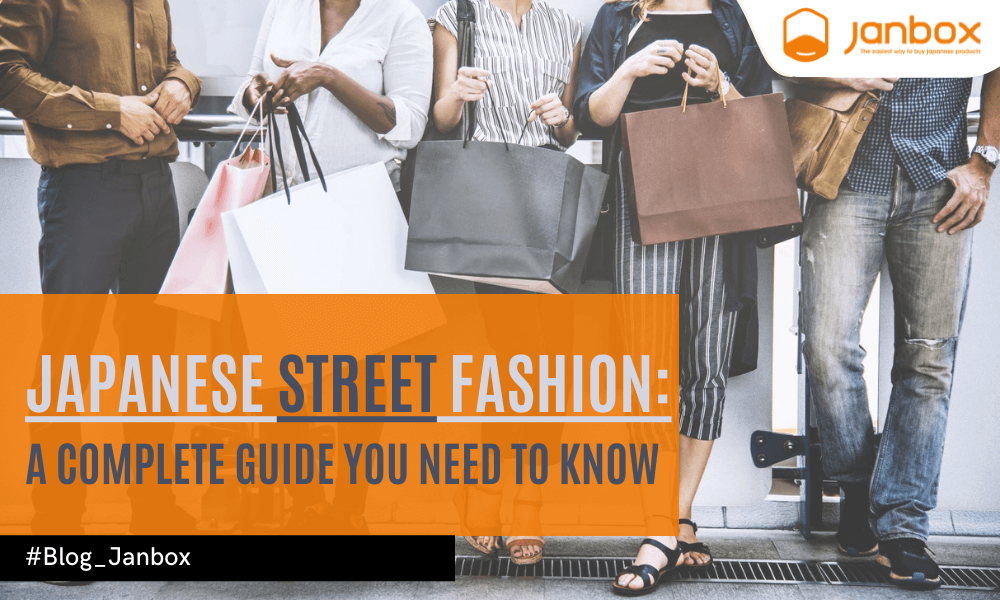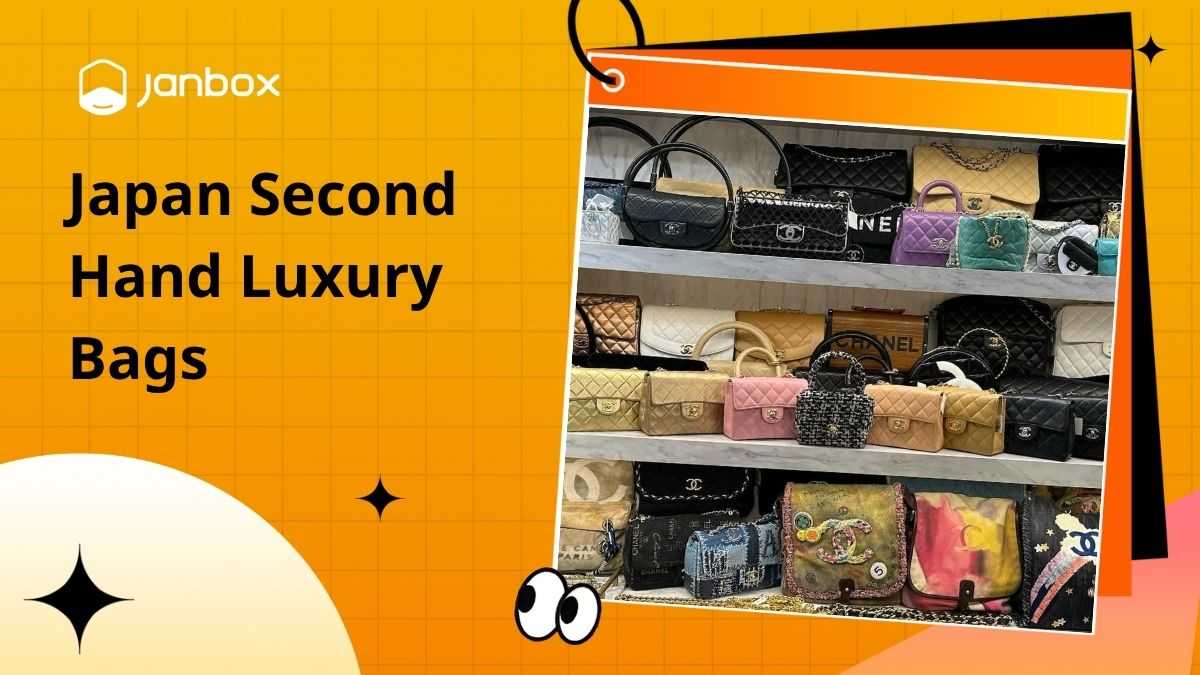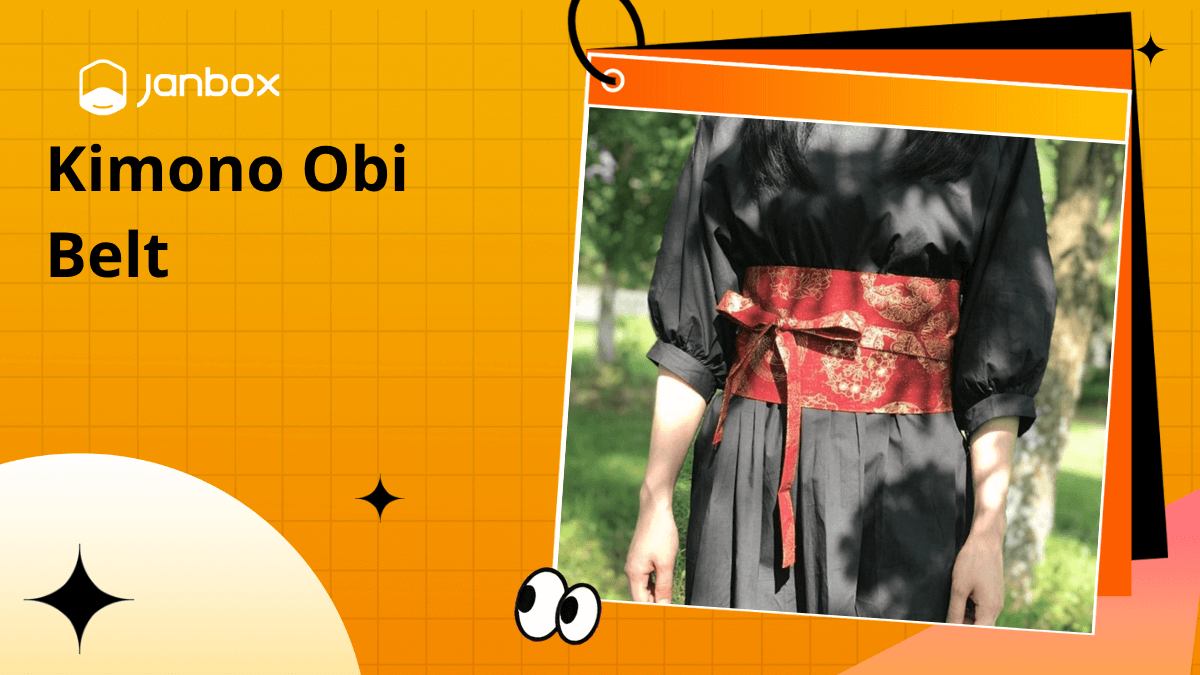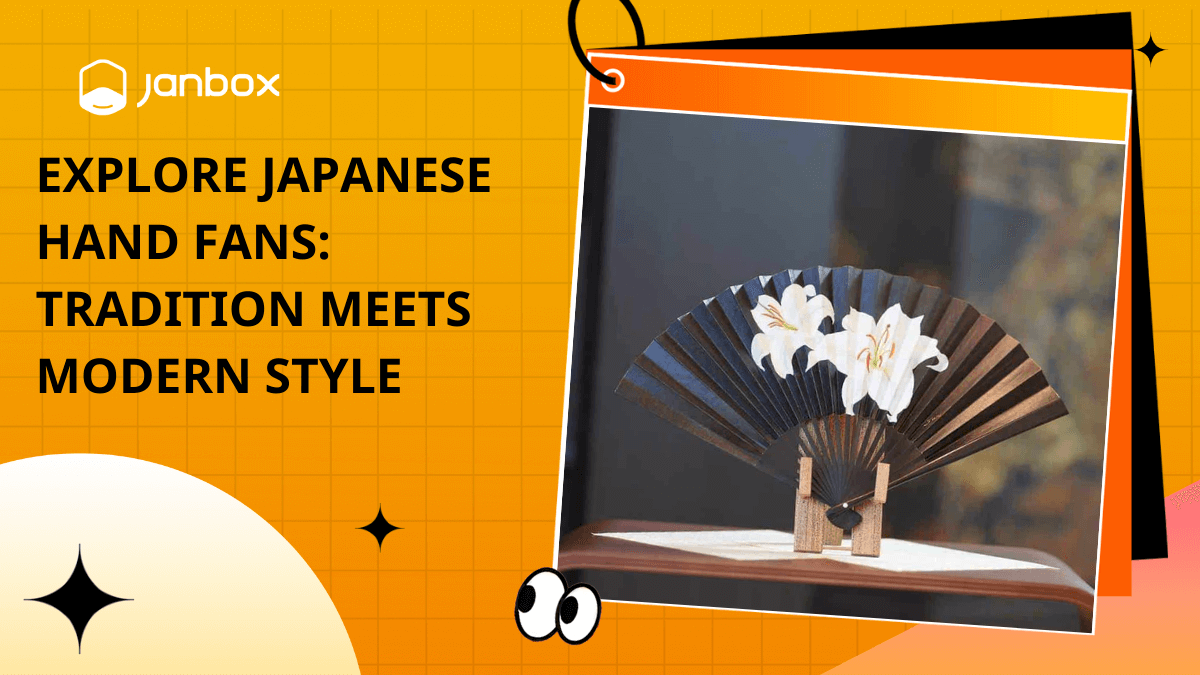In terms of street fashion, many fashion experts and individuals with excellent aesthetic sense believe that Japan is a good example, a country having an amazing street fashion style in general. It is a significant fashion and music market around the globe, particularly in Asia.
Fashion is one of the Japanese’s “games”. You’ve come to the correct place if you are not well-versed in the fashion industry or streetwear but want to learn more about this popular topic. With only a few scrolls, you’ll know all about Japanese street fashion. Let’s Janbox take you into the magical world of Japanese fashion!
I/ What is Japanese street fashion?
The term “Japanese street fashion” refers to a variety of contemporary modern clothing trends popular in Japan. Japanese street clothes have their particular style, with some deemed radical and avant-garde, with parallels to haute couture designs seen on European catwalks. They are made up of a combination of both local and foreign fashion labels. Many trends that were extremely popular in the 1990s and early 2000s began to fade in the late 2000s and beyond.
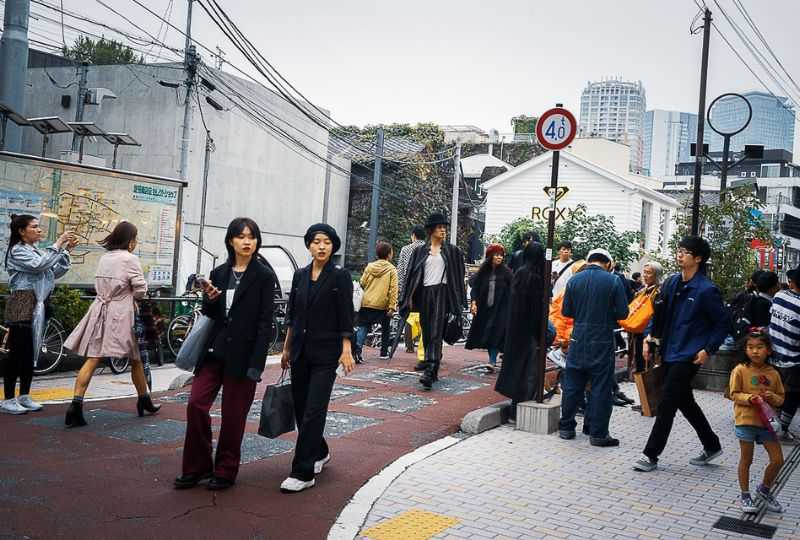
Japanese streetwear is like a cultural revolution that tosses off the old norms of the past and replaces them with a plethora of contemporary trends and styles. From Harajuku’s founding subcultures like babydoll-dressed Lolitas to goth-and-pop-combined Visual Keis, Japanese street fashion encompasses it all. It’s a broad range that accepts anything out of the norm.
The original subcultures that gave birth to Japanese streetwear are no longer apparent; instead, Western-influenced fashions, with a Japanese touch, have taken control. Japanese streetwear is a big part of today’s young culture. It is not only a symbol of a specific fashion style that draws attention, but it is also a show of youth’s belief and confidence in that style.
>> See more: What is Japanese Archive Fashion?
II/ What is Harajuku fashion?
Harajuku Fashion is the beginning of the clothes revolution and has established Japan as a global fashion powerhouse. Leading fashion labels such as Nubian, and Kubo Mitsuhiro’s GR8 have established themselves as Japan’s fashion capital.
There are many stores in Harajuku that cater to fashionistas in various unique styles. It’s been a favorite shopping destination for young people searching for the most outrageous clothes and unique antique items since the 1980s. BodyLine, Kiddy Land, W.C., and Shibuya MODI are some of the most well-known stores in this place.
III/ History of Japanese street fashion
Harajuku street fashion began during the postwar Allied Japan occupation when the neighborhood was populated by American people and the military. Japanese teenagers were exposed to a new culture and were able to buy Western products in local stores catering to Americans. Fashion designers eventually flocked to the region, dubbed “the Harajuku tribe”. Following that, the 1964 Tokyo Olympics attracted tourists and shops catering to them.
In the 1970s, young people for the first time felt a sense of generational unity and banded together against the grownups. The decade appears to mark the beginning of Japanese street fashion, with the second part of the 1970s seeing youth reject traditional ideals in favor of new fashion patterns.
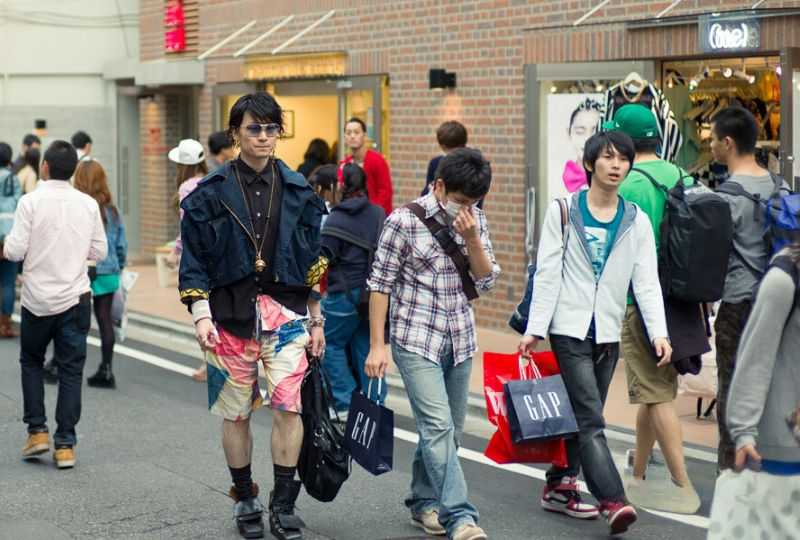
Admiration for the “adult” lifestyle grew in the first half of the 1980s, as seen by Hamatora (Yokohama traditional), Nyutora (new traditional), and preppy dress trends, as well as periodicals like POPEYE and JJ. The American way of life was shown in POPEYE and other publications. The young began to stand out again in the middle of the 1980s, with counterculture (children’s culture) as the core of fashion.
This starts with the emergence of the DC (which stands for “designer” and “character”), which was the first Japanese fad. The Shinjinrui generation, which emerged in the second half of the 1970s as a reaction to the baby boomer generation, is at the forefront of this fashion style. Following that, a slew of new inspirations was imported, marketed, and worn by young people, including Italian casual, Bodikon (body-conscious), and Hip hop style.
In addition, the creation of new looks, trends, and subcultures is influenced by the advent of youth culture in the 1960s and 1970s, which continues to this day (particularly in Harajuku). Furthermore, the growth of consumerism during Japan’s economic boom in the 1980s continues to impact fashion purchases even after the 1990s economic downturn. These elements contribute to the popular style’s rapid turnover and unpredictability.
IV/ The international influence of Japanese street fashion
Following the tremendous success of Japanese streetwear in Japan, the West began to take notice. Big-name Japanese fashion designers began cooperating to produce Japanese streetwear-inspired ensembles for foreign runways. Japanese designers and companies began cooperating with brands from the United States and Europe soon after.
Furthermore, the high-level quality and workmanship of Japanese companies attracted the world’s attention. Japanese companies and designers are dedicated to refining their art with each collection, undoubtedly stemming from the Japanese culture’s notion of continual striving to be better. The “Made in Japan” idea has long been associated with guaranteed customer satisfaction.
>>> Read more: [Guide] How to sell clothes on Mercari easy with few steps
V/ The 5 most popular Japanese street fashion trends/ styles
5.1. Lolita
The Lolita style is one of the most well-known Harajuku fashion trends, and it comprises largely of clothes influenced by the Victorian and Rococo eras. Petticoats are used underneath dresses to enhance volume and produce an A-line or bell shape. Lolita is primarily concerned with the concept of “kawaii” (cuteness) and the creation of a doll-like look.
Socks or stockings can range in length from ankle to thigh, and they can be capped with lace. Mary Janes or boots are frequently worn by those who dress in this way. This adorable trend is the most famous type of Japanese streetwear, and it is well-known not only in Japan but also across the world.
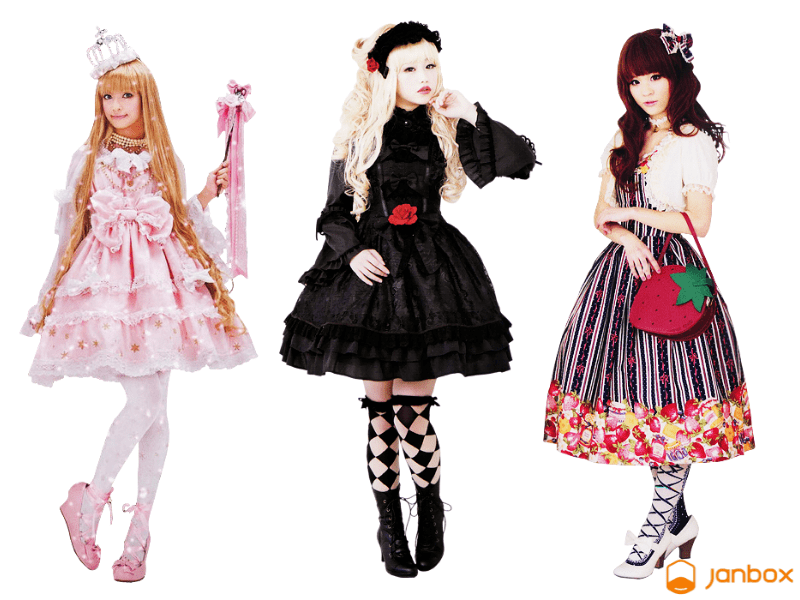
There are five main types of lolitas: Gothic, Punk, Sweet, Classic, and Kodona.
– Gothic Lolita: is a Lolita with a lot of Eastern and Victorian Goth influences. Dark hues and accessories with themes such as skeletons, bats, spiders, and other iconic gothic ‘icons,’ such as figures from Tim Burton films, are common features. Dress patterns frequently include Victorian iron gates and architectural motifs. Gothic Lolita’s favorite accessories include bonnets, rectangular headdresses, and brooches.
– Sweet Lolita: is the most infantile aesthetic, with baby animals, fairy tale motifs, and innocent, childlike clothing being prominent. It was influenced by Victorian children’s clothes as well as the kawaii culture that is so popular in Japan. Pastel hues are popular, although darker or subdued colors can also be seen in dresses and skirts. Sweet Lolita’s favorite accessories include large head bows, beautiful handbags, and cuddly animals.
– Classic Lolita: This sub-concept style is more akin to historical dress from the Rococo or Victorian periods. The colors utilized in this design are often subdued, giving it a more mature vibe. Floral patterns and plain colors are popular, but more elaborate prints are also available. Classic Lolita hair accessories include little head bows, bonnets, rectangular headdresses, and hair corsages.
– Punk Lolita: An experimental style that combines Punk and Lolita elements. It can appear deconstructed or wild at times, yet retaining the majority of the ‘Lolita silhouette.’
– Kodona Lolita: The more manly equivalents of Lolita, Kodona, often known as ‘boy style’ and Ouji, are influenced by Victorian boys’ attire. ‘Prince pants,’ or short Capri-style trousers that are cut off the knee and typically have some type of embellishment (such as lace-edged cuffs), are frequently paired with manly shirts, top hats, knee socks, and other accessories.
5.2. Visual Kei
Visual kei is a Japanese music style that consists of stunning makeup with strong eye makeup, unique hairstyles, and colorful or aggressively black clothing. It was established in the mid-1980s by Japanese artists. Today’s rock bands use this approach to wow on both a visual and musical level.
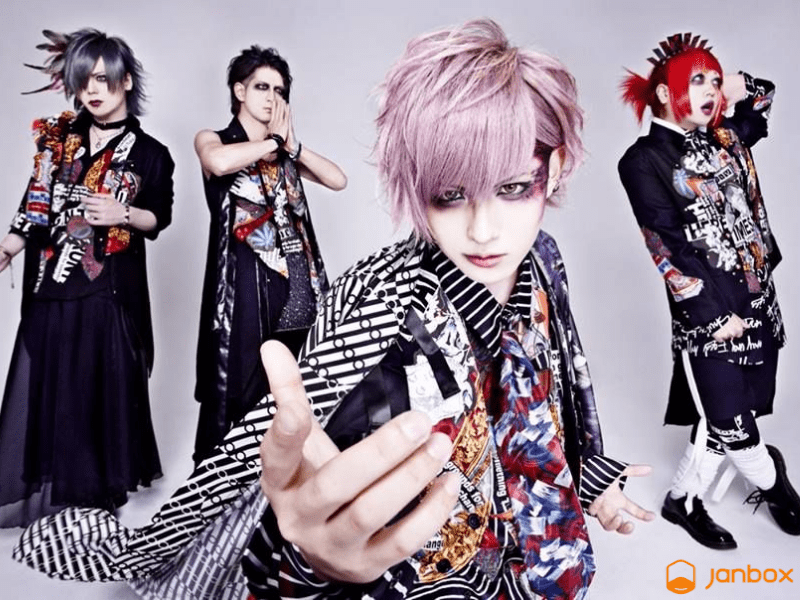
Androgyny is another prevalent feature of the look. X Japan, Luna Sea, Versailles, The Gazette, Mejibray, Royz, L’Arc en Ciel, An Cafe, Malice Mizer, and Diaura are some of the more well-known and influential artists in this style. Japanese musicians, similar to glam rock bands in the West, began to influence this androgynous aesthetic in the mid-1980s with their unique outfits and colorful hair.
5.3. Decora
The term decora is derived from the Japanese word for “decoration” (デコレーション). It’s all about the accessories, as the name indicates, with layers upon layers of brilliantly colored bangles, necklaces, ribbons, and hair barrettes. This fashion style was prominent in the 1990s, although it was influenced by 1980s cartoon characters, similar to how anime characters inspire today’s anime fashion.
Kyary Pamyu Pamyu, who came to fame in the Harajuku fashion scene before making her musical debut, is an example of this. There are also color palette-based differences in style. Rainbow decora, pink decora, red decora, and black decora are some of the varieties.
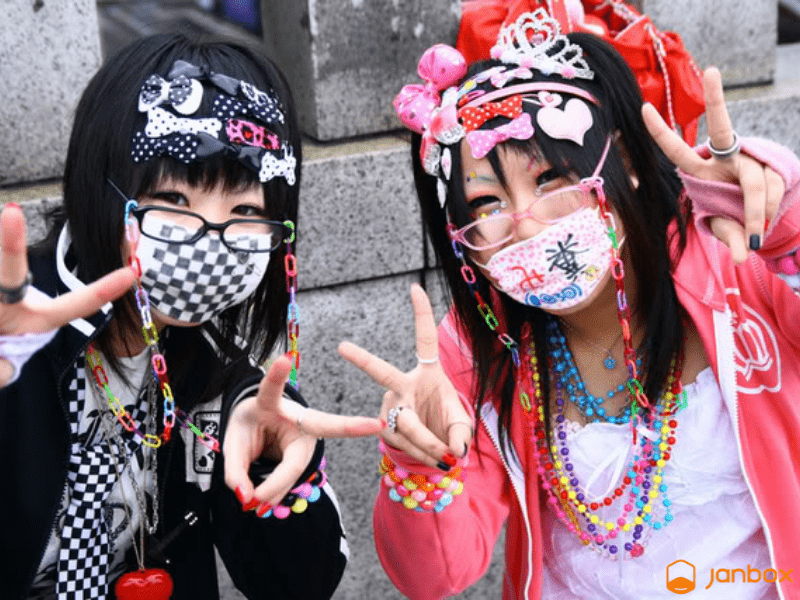
Short tutu-like skirts were frequently worn with a simple shirt and sweatshirt. The hair (which is frequently worn in low ponytails with long bangs) and make-up are both simple. The most important aspect of decora, however, is to stack on as many attractive accessories as possible until the bangs and front hair are hardly visible.
Stockings, legwarmers, arm warmers, and knee socks are all worn in many layers over each other. Leopard patterns and striped dental masks are other common features. The style’s popularity has waned since then, although it still maintains a sizable following throughout the world.
5.4. Mori Kei
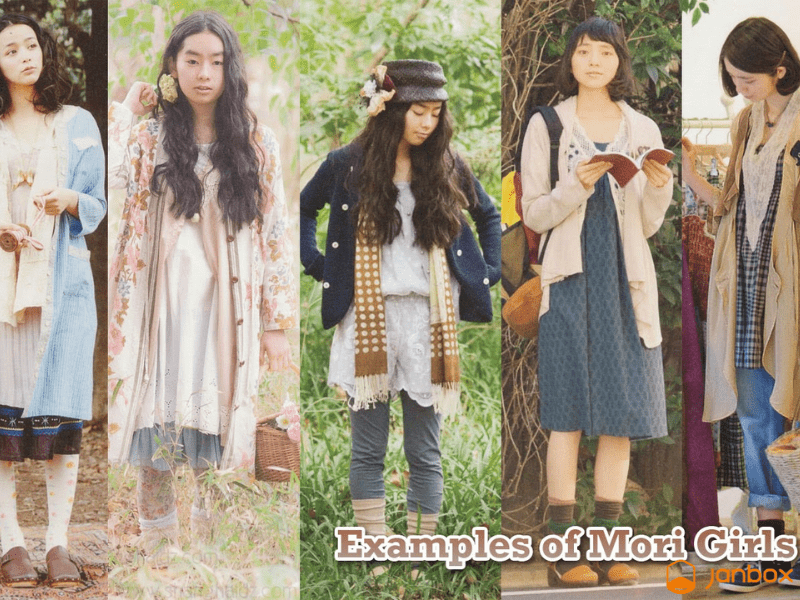
Mori is a Japanese word that meaning “forest,” and its style romanticizes the concept of living in the woods. In that way, it’s akin to the contemporary cottage core craze. Soft, loosely fitting layers of clothing, such as flowy dresses and cardigans, are used in this style. Natural textiles (cotton, linen, wool) and hand-made or vintage accessories with a nature motif are highlighted.
The color palette is often light and neutral, however, gingham and floral designs may be incorporated. Hairstyles such as braids and bangs (typically curled) are quite fashionable. The goal is to produce a doll-like look, akin to Dolly Kei, but in a more casual, earthy manner.
5.5. Fairy Kei
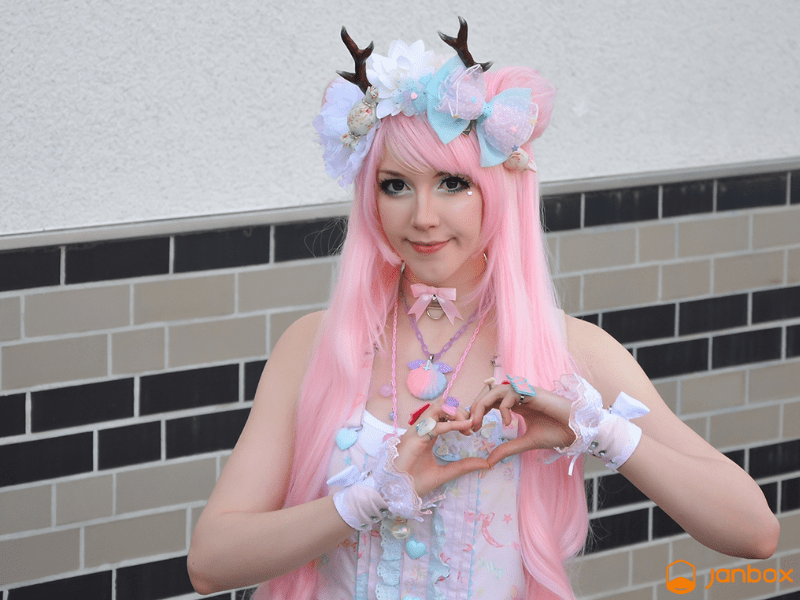
Fairy Kei is a childish fashion trend that originated in the 1980s. Pastels, angels, toys, and other generally cute motifs and elements and accessories from Western toy lines from the 1980s and early 1990s, such as Polly Pocket, My Little Pony, Barbie, Wuzzles, and Care Bears, are featured in the outfits.
Hairstyles are typically kept simple and decorated with anything adorable or pastel; bows are a prevalent motif. Pastel-colored hair is widespread, while natural hair is also popular, and hairstyles are usually kept simple and decorated with anything charming or pastel. Bows, hair barrettes, and leg warmers are examples of accessories. Pastel-colored wigs are also popular as a quick and easy method to add color to an outfit without undergoing the irreversible physical changes that come with dyeing your hair.
>>> Read more: 15+ Best Japanese Clothing Brands Popular You Should Know
VI/ Top 5 Japanese street fashion brands
6.1. NEIGHBORHOOD
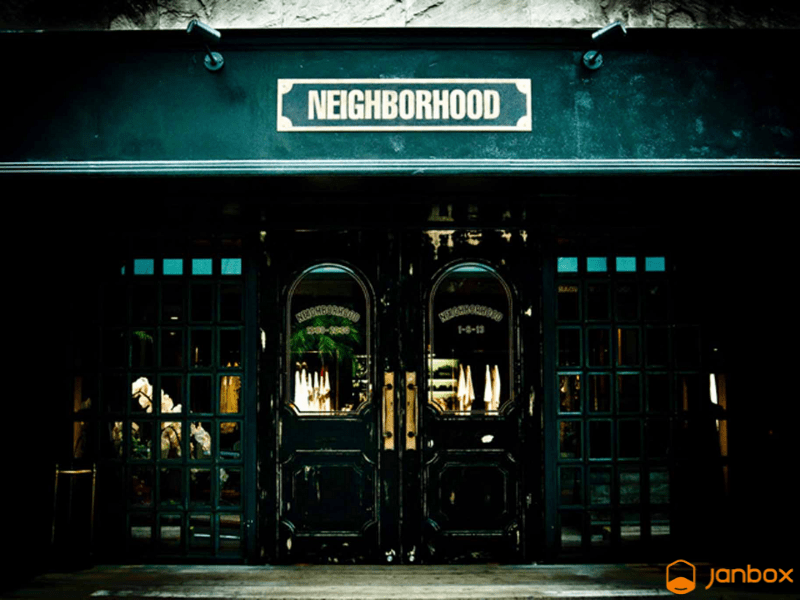
NEIGHBOURHOOD, founded in 1994 by Shinsuke Takizawa, or Shin for short, specializes in punk and biker style designs influenced by countercultural movements. It’s essentially an OG of Japanese streetwear, having existed since the early days of the Harajuku movement. Although Western society was slow to embrace this famous brand, NEIGHBORHOOD today announces a partnership with a major Western brand almost every other season.
6.2. A BATHING APE (BAPE)
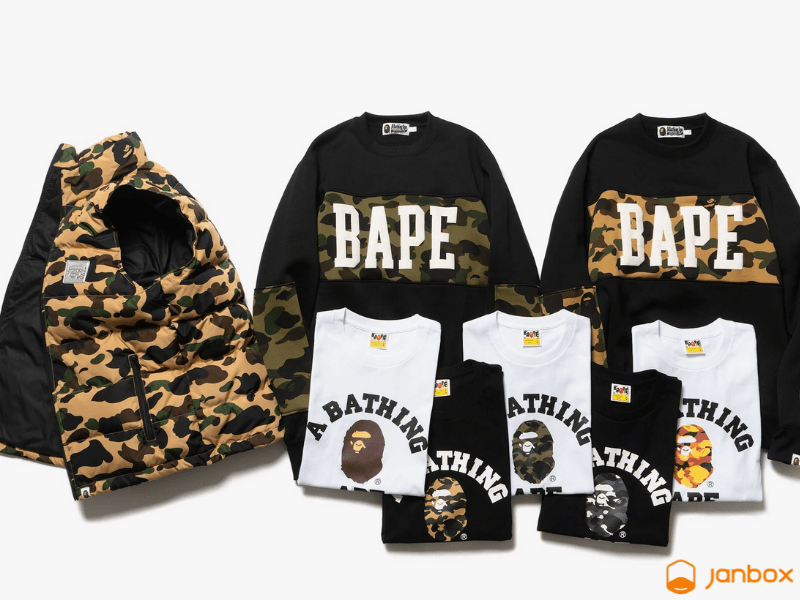
Nigo (or Tomoaki Nagao) created the renowned A Bathing Ape (or BAPE), which is one of the most well-known Japanese streetwear brands. People from all over the world go to Japan only to visit one of BAPE’s 19 stores. The first BAPE store debuted in Harajuku’s backstreets in 1993.
BAPE is also regarded as a pioneer of Japanese streetwear. The distinctive camouflage prints can be seen on anything from sweatshirts to shoes in their designs, which focus on casual lifestyle wear. The ape emblem, of course, is unmistakable – after all, it is the company’s brand name.
6.3. COMME des GARÇONS
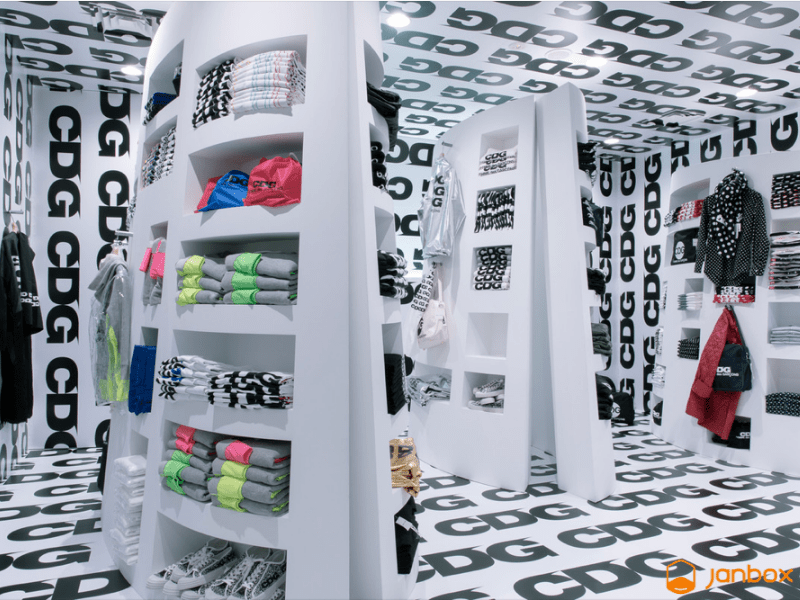
COMME des GARÇONS, which was founded in 1969, has witnessed the growth of Japanese streetwear while keeping consistent throughout. This brand offers more avant-garde designs than typical Japanese streetwear, although virtually every piece bears the heart with an eye emblem. The brand aims to defy conventional fashion standards, which is something that fans of Japanese streetwear like.
6.4. Visvim

Visvim, a well-known modern fashion streetwear company created by Hiroki Nakamura, who quit his designer position at Burton Snowboards to set this up, is the earliest on the list thus far. Visvim’s aesthetic idea is influenced by several civilizations’ crafts, integrating and harmonizing old and modern techniques in a single large area. Mud, indigo, and cochineal beetles are used to make the dyes for this brand, which are utilized on complex textiles like linen, hemp, and silk.
6.5. Uniqlo
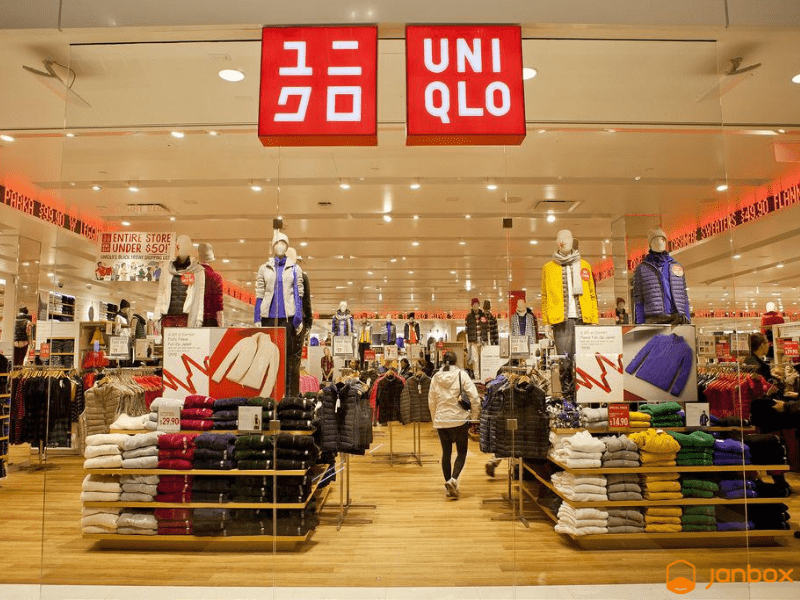
This retail chain is not only huge in the United States, but it has also expanded into major American and European markets. Uniqlo has had a blend of classics and modern, experimental, and basic clothing since the 1980s. Uniqlo, while not as flashy as its Japanese streetwear rivals, has made a significant contribution to the current Japanese streetwear culture.
>>> Read more: [Update] Top 12 Famous Japanese Online Clothing Stores
Conclusion
You’ve known all there is to know about Japanese street fashion styles, from their history and the main types of Japanese street fashion and places to get your hands on it. Try them on and show off your personality with your next outfit! Please look forward to Janobox’s future article if you want to learn more about attractive things in Japan.
————————————————————————————————————
About Janbox – Japan In A Box
Most Japanese online shopping is extremely difficult because the majority of Japanese websites do not ship internationally and only take domestic credit cards. For that reason, Janbox’s mission is to simplify buying process from Japan for consumers. We’ll help you to optimize the products with our intelligent proxy service. You may buy high-quality items from Japan and have them sent to your house quickly and safely with just a few simple steps!
Website: https://janbox.com
Email: [email protected]

